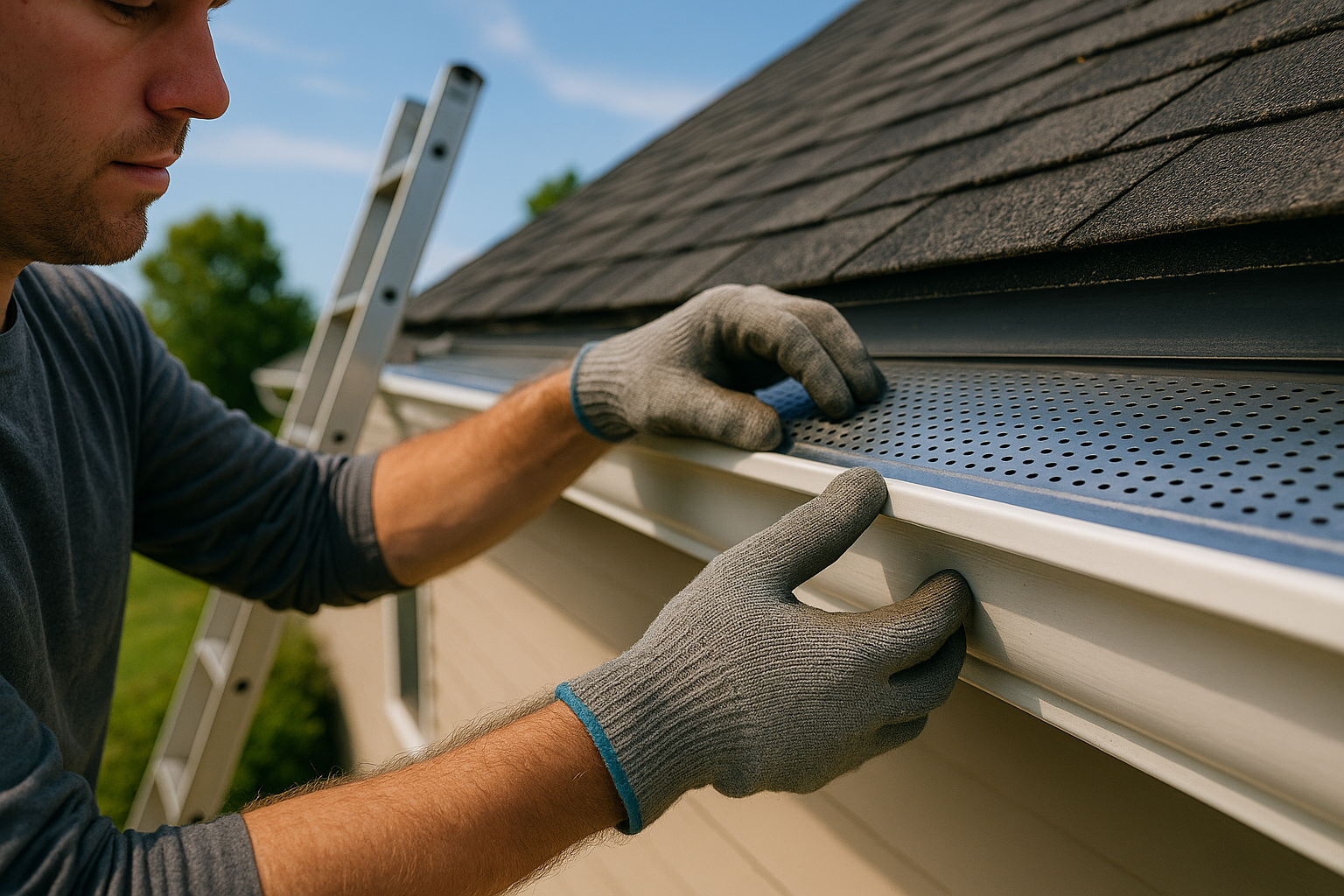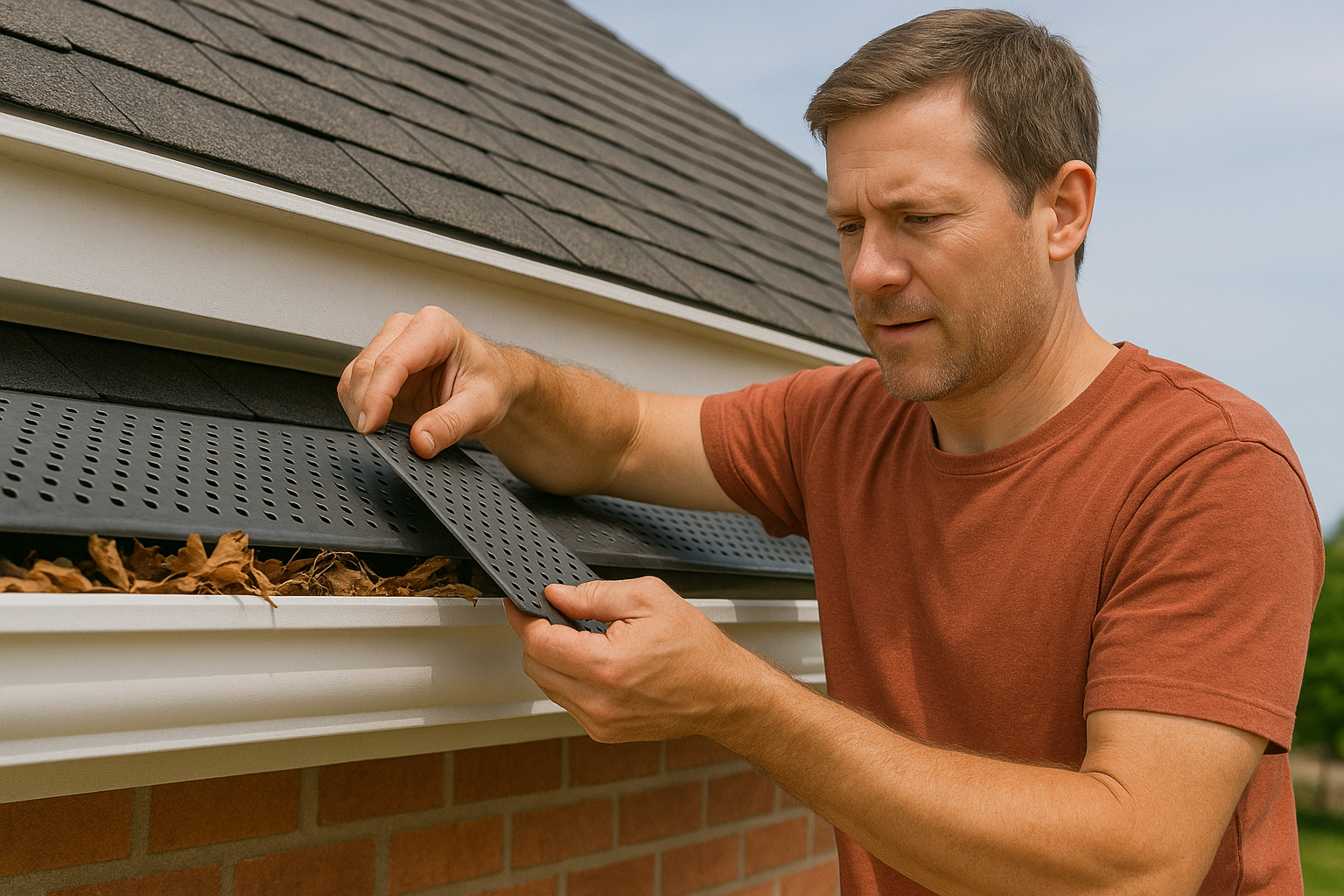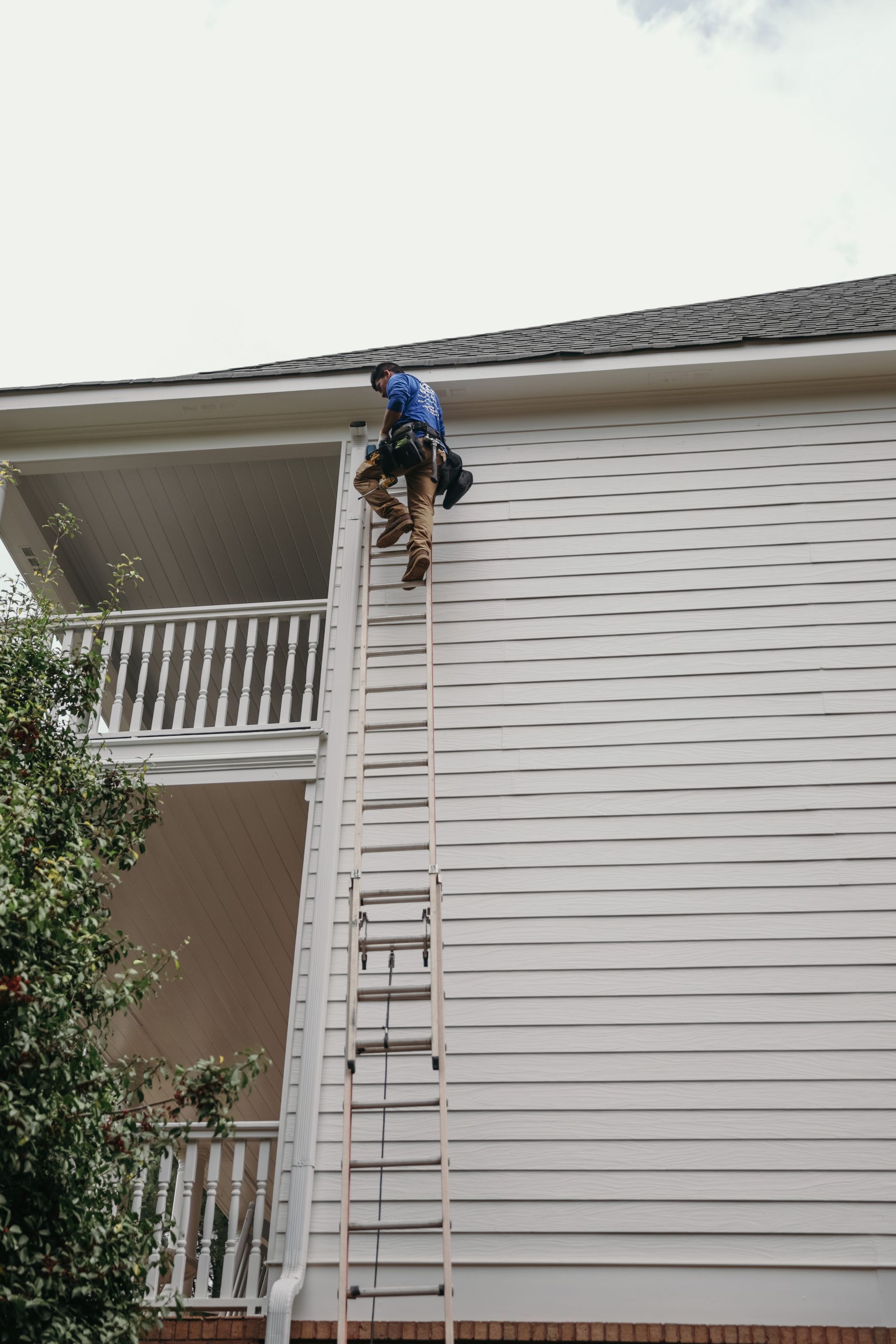Is Your Home at Risk? Spotting the Signs Your Gutter Needs Repair
If your gutters could talk, they’d probably ask for help before causing damage to your roof, siding, or foundation. Recognizing the signs that your gutters need repair can save you thousands in costly water damage and extend the lifespan of your entire gutter system. This guide walks you through clear indicators that your gutters may be in trouble—and what to do about it.
Key Takeaways
- Signs your gutters need repair aren’t always obvious—watch for sagging, cracks, or gutters pulling away from the house.
- Clogged gutters and overflowing gutters can lead to costly damage to your roof, siding, and foundation of your home.
- Don’t underestimate the damage that peeling paint on your gutter or shingles above the gutter can signal.
- Every part of your home relies on a functioning gutter system to direct water safely away from your home.
- Even a different gutter type or a new gutter system can be needed if your current setup is beyond repair.
- Routine gutter maintenance helps avoid future gutter concerns and extends the life of your gutters and downspouts.
Why Paying Attention to Gutter Damage Matters
Gutters aren’t flashy, but they do one of the most critical jobs around your home—directing rainwater away from your roof and foundation. When they're not working properly, it opens the door to leaks, rot, mold, and erosion. A simple gutter repair could be all that stands between a dry home and long-term structural issues.
Common Signs Your Gutter Needs Repair
Below are some of the most obvious (and not-so-obvious) signs that your gutters may be damaged, failing, or beyond repair.
1. Sagging Gutters
When gutters sag, it usually means they’re full of water or debris. The fasteners may be loose or broken. This type of issue stresses the entire gutter system and can cause it to pull away from the fascia board.
2. Overflowing Water
If water spills over the sides during heavy rain, you likely have a clog, improper slope, or damaged downspouts. Overflow can damage your fascia, siding, and foundation.
3. Peeling Paint on or Around Gutters
Peeling paint or orange specks are more than cosmetic—they're signs of rust and gutter damage. That’s a strong indication that your gutters are deteriorating due to age or the accumulation of standing water.
4. Pooling Water Around the Foundation
When you see pools of water or standing water near the base of your home, it’s a red flag. Your gutters may not be moving water away from your home, leading to erosion or even foundation cracks.
5. Gutters Pulling Away from the House
If your gutters are pulling away from the house, they’re no longer secured properly. This may stem from damaged fasteners, rotted fascia, or too much weight from debris or water.
6. Visible Cracks or Splits
Small cracks can turn into big problems. Water will leak through these cracks, causing damage to your home, particularly to the siding and foundation.
7. Water Damage or Marks Beneath the Gutters
Look for water stains, mildew, or signs of rot on the siding directly below your gutters. These are classic symptoms of leaks or overflowing gutters.
8. Greenery Growing in Your Gutters
If you see plants or weeds sprouting, you’ve likely ignored gutter cleaning for too long. That vegetation traps water, which accelerates rust and decay.
9. Separation at the Seams
Sectional gutters are vulnerable to separation over time. When the seams start to split, you’ll likely experience leaks and require gutter repair or replacement.
10. Rust Spots or Corrosion
Especially with steel gutters, rust is a sure sign that your gutters are aging or constantly exposed to moisture. If gutters are failing, rust usually appears before total breakdown.
What Causes Gutter Damage in the First Place?
Your gutters can get damaged due to a mix of weather, neglect, and age. Clogged gutters, freezing and thawing cycles, poor installation, or a lack of regular gutter maintenance are all common causes. Once gutter issues begin, they tend to worsen quickly without attention.
Can You Repair Gutters or Should You Replace Them?
Some problems, such as loose fasteners or minor cracks, can be addressed with basic gutter repair. However, suppose your gutters are full of holes, sagging, pulling away, or showing significant water damage. In that case, it may be time to replace your existing gutters or install a new gutter system.
How to Prevent Future Gutter Problems
- Clean your gutters at least twice per year
- Install gutter guards to reduce clogging
- Inspect the roof and gutter system after storms
- Repair any issues before they grow beyond repair
Frequently Asked Questions
What are the risks of ignoring damaged gutters?
Ignoring gutter problems can lead to serious water damage, including mold, rotting wood, and even foundation issues.
How long should gutters last?
With proper maintenance, gutters can last 20 years or more. Seamless gutters tend to last longer than sectional systems.
What’s the average cost of gutter repair?
The cost depends on the extent of the gutter damage, but most minor repairs range from $100 to $500. Major damage may require gutter replacement.
Can I do gutter repairs myself?
Some minor fixes, such as securing a fastener or clearing a clog, can be done as a DIY project. But major issues should be handled by a professional gutter contractor.
Conclusion
Your gutters aren’t just a small part of your home—they’re key to keeping water away from the foundation, walls, and roof. Learning to recognize the signs your gutters need repair can help you avoid expensive, long-term damage. Don’t wait until it’s too late.
Need reliable gutter repair or replacement? Call Gutters 4 Less today or fill out our form for a fast, free quote—no hidden fees, no pressure, just honest work.





